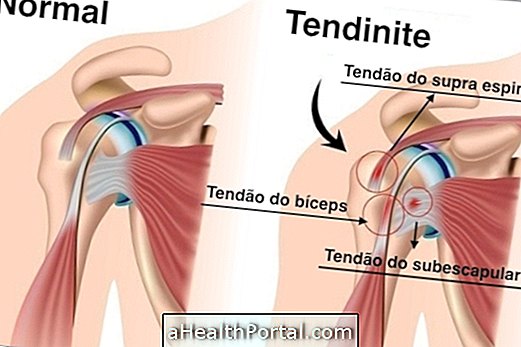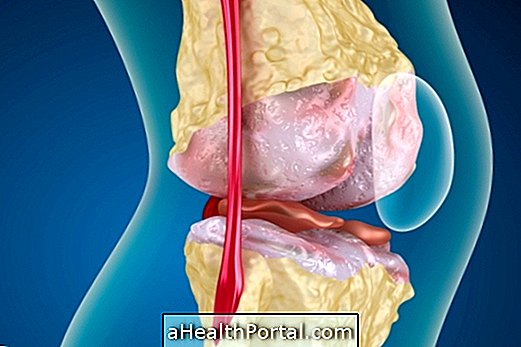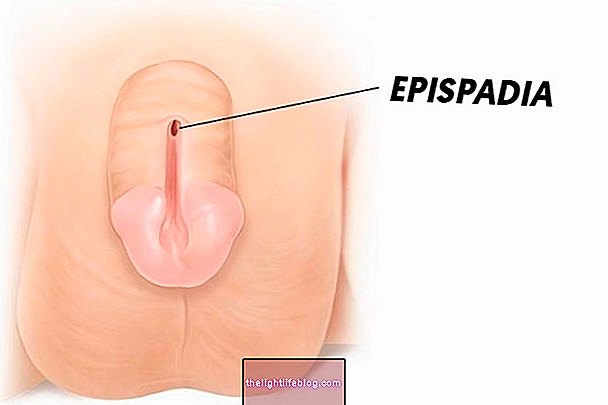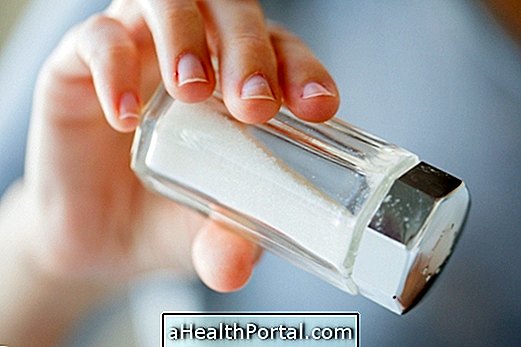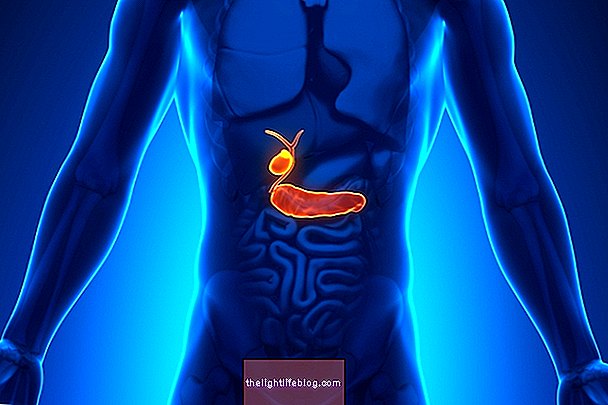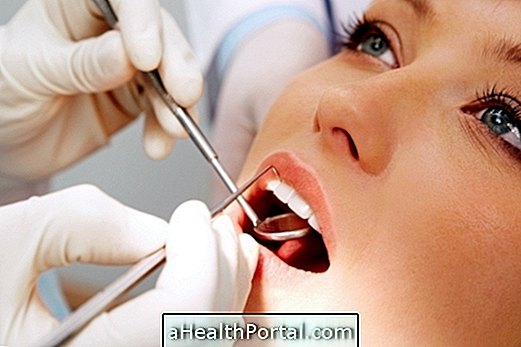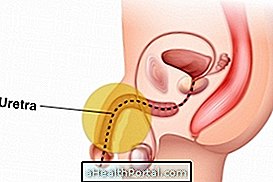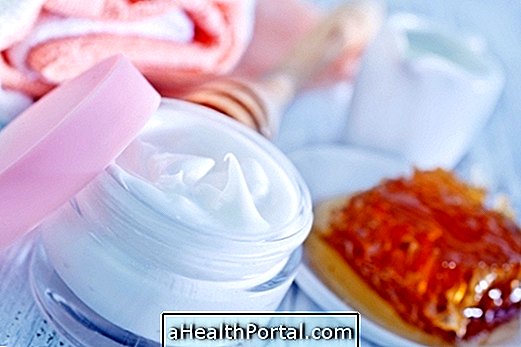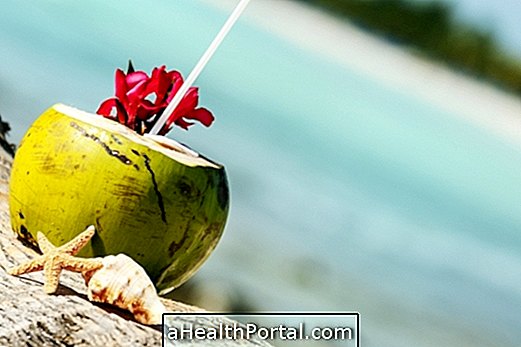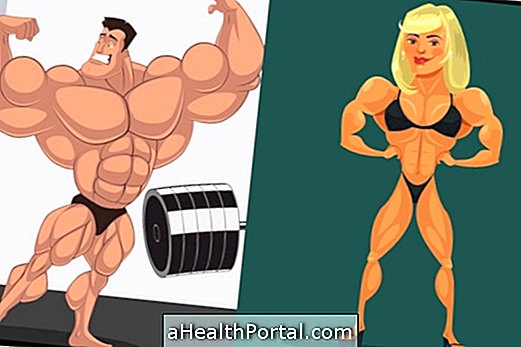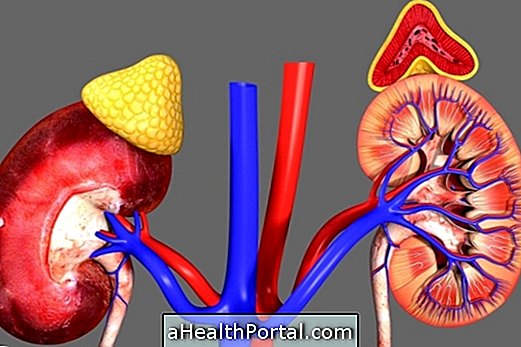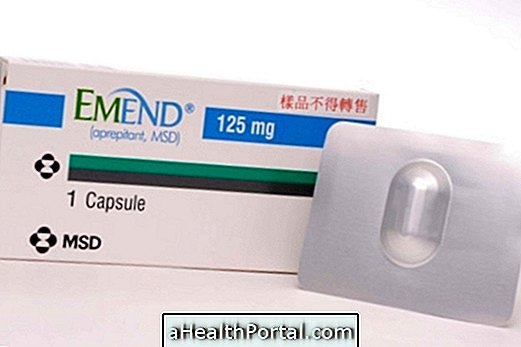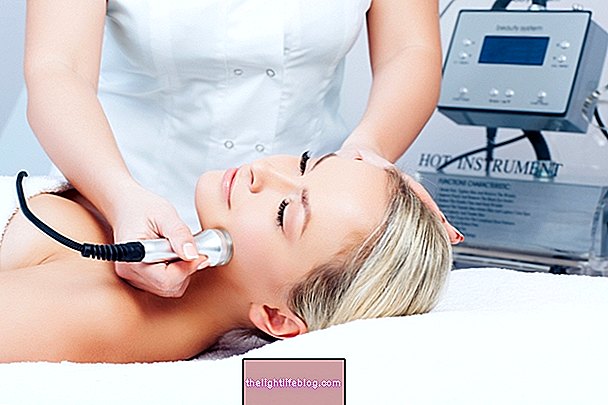Sever's disease is characterized by heel pain due to an injury to the cartilage between the two parts of the heel causing pain and difficulty walking. This division of the heel bone is present in children between the ages of 8 and 16, especially in those who exercise such as Olympic gymnastics and dancers who make many jumps with repetitive landing.
Although the pain is also on the heel it is more frequent in the back of the foot than in the lower part.
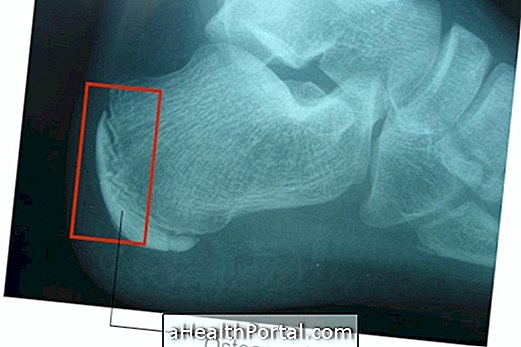
Symptoms of Sever's Disease
The most common complaint is pain around the edge of the heel, which causes the patient to further support the weight of the body on the side of the foot. Swelling and slight rise in temperature are also signs of this disease.
In order to identify the severity of the disease, it is recommended to have a clinical examination by the orthopedist and the physiotherapist, if necessary, we recommend the tests that detect the Server disease, which are x-ray and ultrasound.
How to Treat Sever's Disease
Treatment for Sever's disease, which often occurs in sports-minded adolescents, is done only to decrease inflammation and relieve pain and discomfort.
Thus, the pediatrician may recommend some care such as:
- Restore and decrease the frequency of high-impact sports activities ;
- Put ice packs or ice on the heel for 10 to 15 minutes, 3 times a day or after physical activity;
- Wear special insoles that support the heel;
- Do frequent stretches of the foot, pulling your fingers up, for example;
- Avoid walking barefoot, even at home.
In addition, when pain does not improve with these care alone, your doctor may prescribe the use of anti-inflammatories such as Diclofenac or Ibuprofen for a week for a more effective result.
In almost all cases, it is still advisable to have physiotherapy sessions to accelerate recovery and allow you to return to physical activity sooner.
Physiotherapy for sever
The treatment with physiotherapy is adapted to each child and his level of pain, using exercises that strengthen the flexibility and strength of the legs and feet, in order to keep the muscles developed for daily activities and for return to sports activities, for example.
In addition, in physical therapy it is also possible to learn positioning techniques to walk and do daily activities without putting excessive pressure on the heel, decreasing pain.
Massages can also be used, as they improve blood circulation to the site, avoiding congestion and reducing inflammation that causes pain and discomfort.
Signs of improvement
Signs of improvement usually appear after the first week of treatment and include reduction of local pain and swelling, allowing for almost all activities. However, it is important to avoid high-impact activities as they may hinder recovery.
The complete disappearance of the symptoms can take between a few weeks or months and usually depends on the degree and speed of growth of the child.
Signs of worsening
The first signs of Sever's illness come with the onset of adolescence and may worsen throughout growth if treatment is not done, preventing simple activities such as walking or moving the foot, for example.
See which signs may indicate the onset of this problem in the child.




